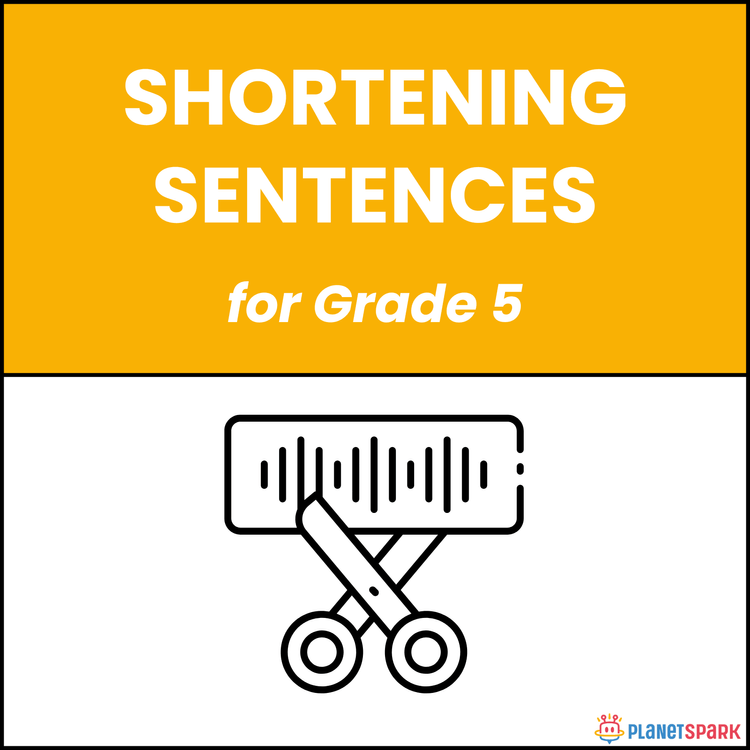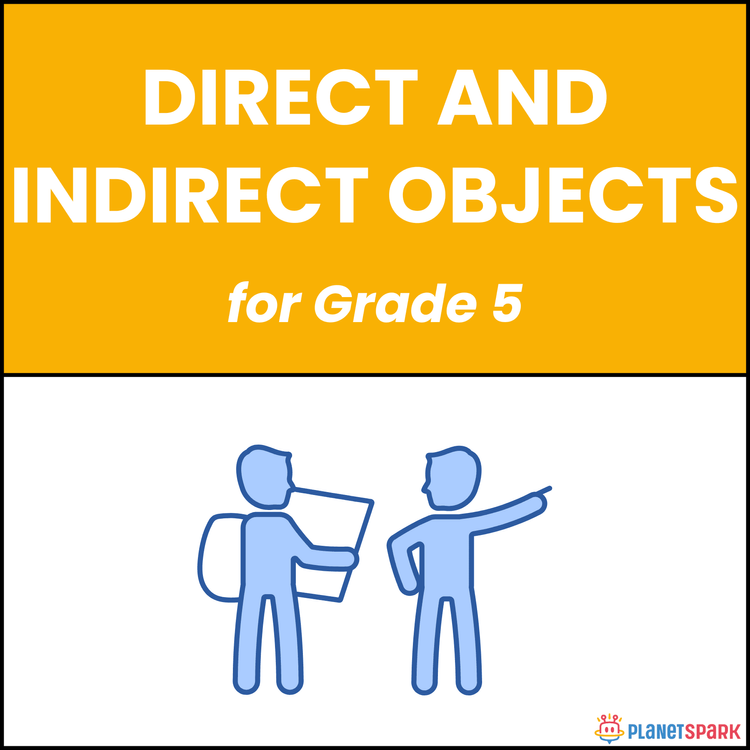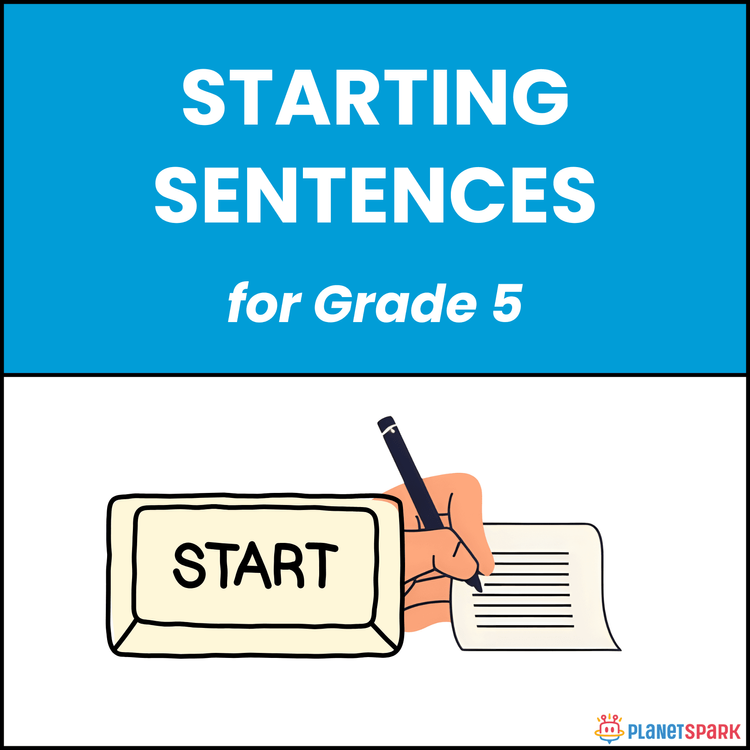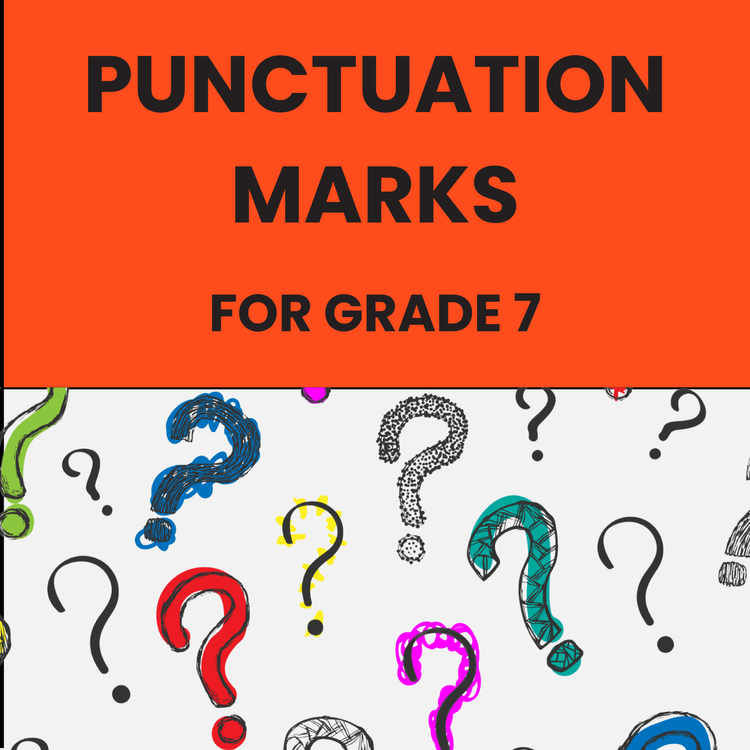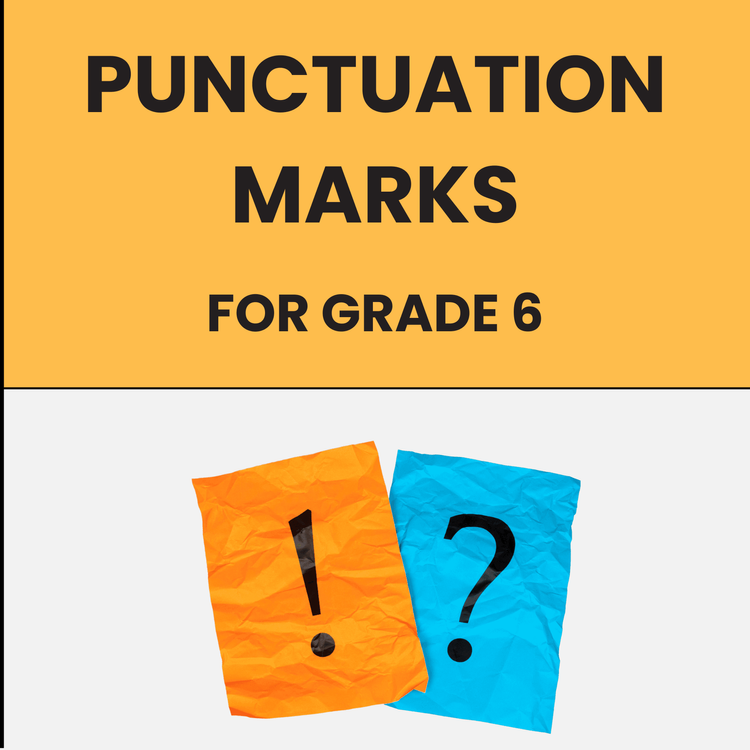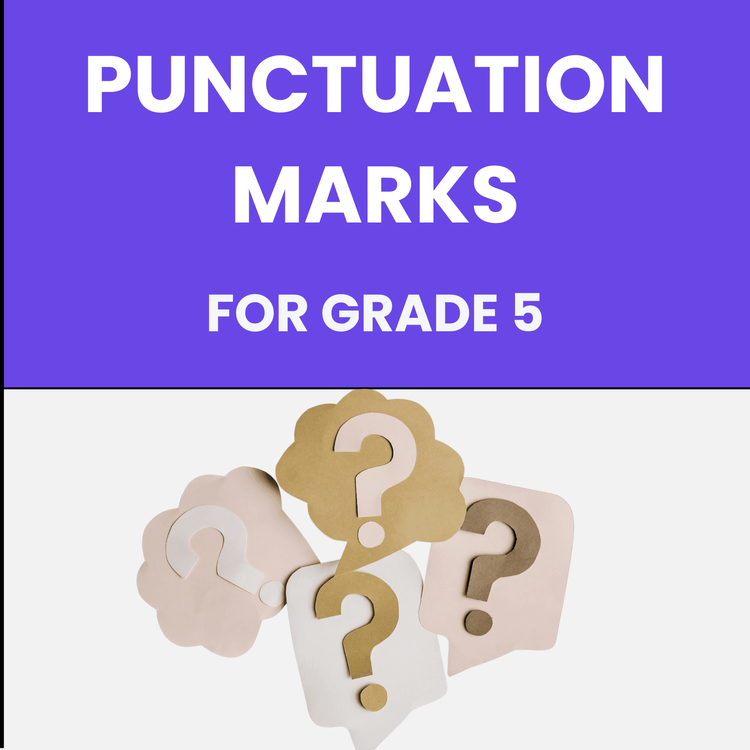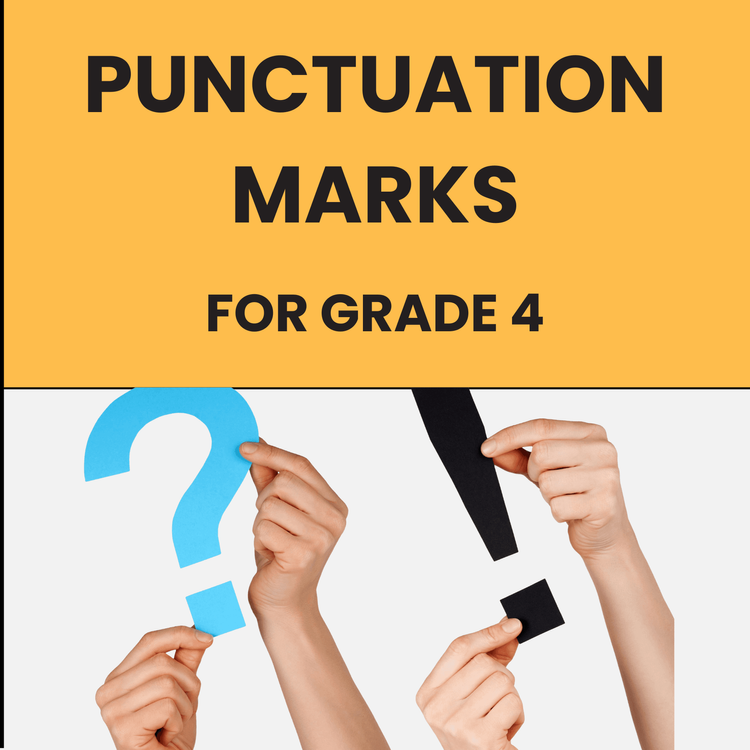Class 5 Worksheet on Homophones and Homonyms
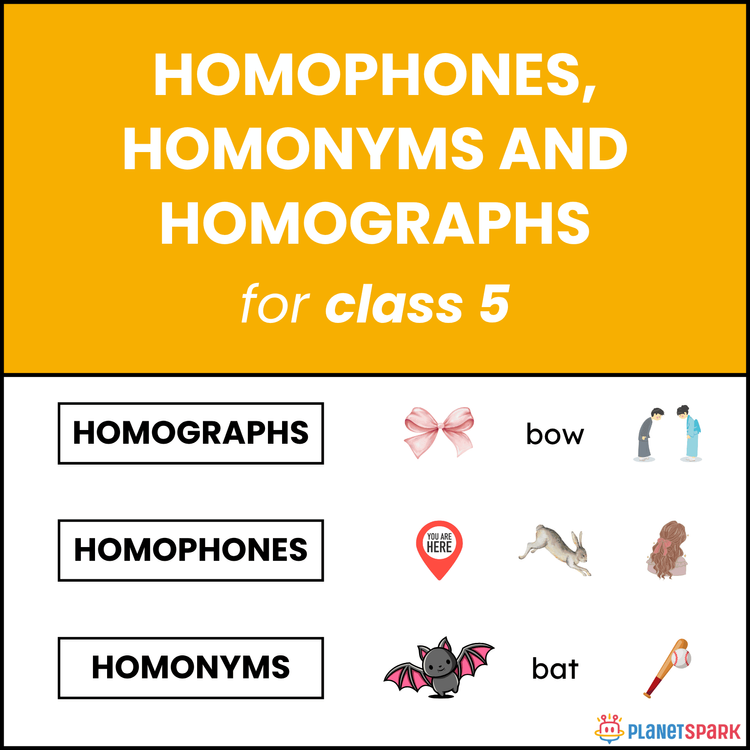

Class 5 Worksheet on Homophones and Homonyms
Sound It Out: Homophones, Homonyms & Homographs for Grade 5
This vibrant worksheet is a perfect introduction to the often-confused trio: homophones, homonyms, and homographs. Designed for Grade 5 learners, it sharpens vocabulary, reinforces word meanings, and builds sentence clarity — all through visual aids and interactive activities.
Why Learn These Word Types?
Understanding homophones, homonyms, and homographs builds a learner's ability to:
1. Decode words that look or sound the same but differ in meaning.
2. Use context to choose the right word while writing.
3. Improve spelling, pronunciation, and vocabulary precision.
4. Avoid common errors in both spoken and written English.
What’s Inside This Worksheet?
🎯 Exercise 1 – Picture Identification
Students read 7 short sentences and circle the picture that best matches the highlighted homophone, homonym, or homograph. Example: *The monk sat under the lead roof...* (lead – metal vs. verb).
✏️ Exercise 2 – Fill in the Blank
With pairs like *(fare/fair)* and *(hear/here)* in brackets, learners choose the correct word to complete 10 sentences.
Example: *I cannot (hear/here) what the teacher is saying.*
📝 Exercise 3 – Sentence Pair Writing
For 4 commonly confused pairs like *(bat/bat)* and *(bark/bark)*, students write two different sentences each to show meaning clearly.
Example: *The bat flew out of the cave.* / *He hit the ball with a bat.*
📊 Exercise 4 – Word Sorting
Using a list of 12 word pairs, learners must classify each under the correct heading:
- Homophones (e.g., *pair/pear*, *right/write*)
- Homographs (e.g., *tear/tear*, *watch/watch*)
- Homonyms (e.g., *row/row*, *bark/bark*)
✅ Exercise 5 – Identify the Type
Students are given 8 sentence pairs and must decide whether the highlighted word pair is a homophone, homonym, or homograph.
Example: *I dropped a tear of joy, and saw the paper tear.* → Homograph
✅ Answer Key
Exercise 2
1. fare
2. bear
3. hear
4. sail
5. lead
6. pair
7. kite
8. well
9. write
10. tale
Exercise 3 (Sample Sentences)
- pair: She wore a pair of shoes. / pear: I ate a juicy pear.
- bat: A bat flew in the cave. / bat: He hit with a cricket bat.
- right: Take a right turn. / write: Please write neatly.
- bark: Dogs bark loudly. / bark: The tree's bark is rough.
Exercise 4
Homophones: pair/pear, right/write, break/brake, bare/bear, blew/blue, flower/flour, plain/plane
Homographs: tear/tear, row/row, bark/bark, light/light, watch/watch
Exercise 5
1. Homophone
2. Homonym
3. Homonym
4. Homophone
5. Homograph
6. Homophone
7. Homograph
8. Homograph
Support deeper vocabulary learning by exploring lookalike and soundalike words the smart way.
Frequently Asked Questions
Sound-alike words (homophones) are words that sound the same but have different meanings and spellings.
Using each word in meaningful sentences helps reinforce their correct usage and spelling.
Understanding homophones improves vocabulary, spelling, and reading comprehension in CBSE English.
